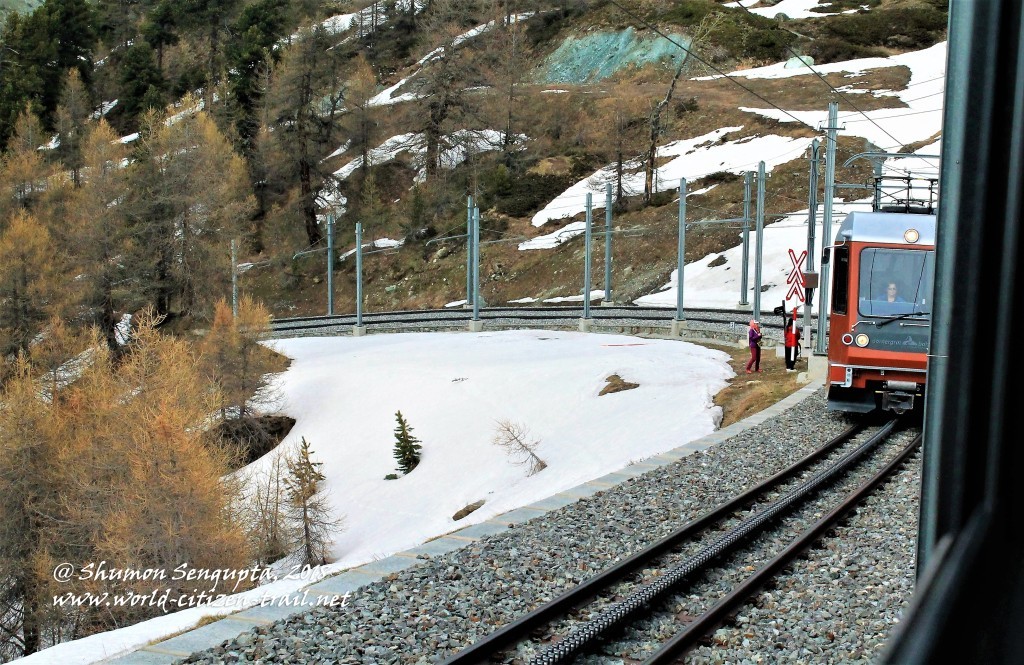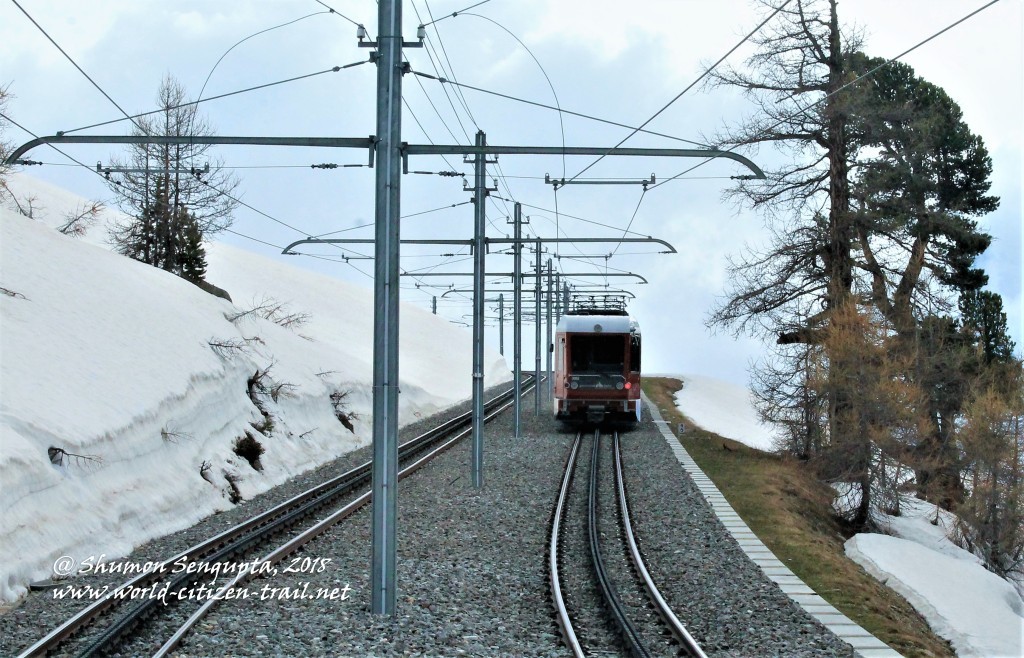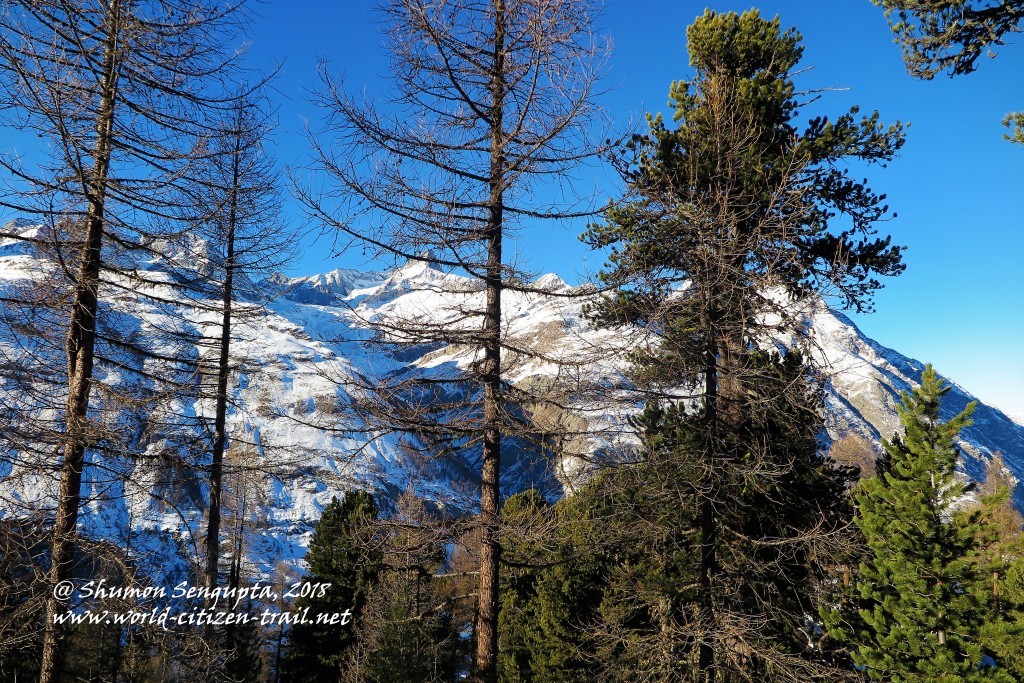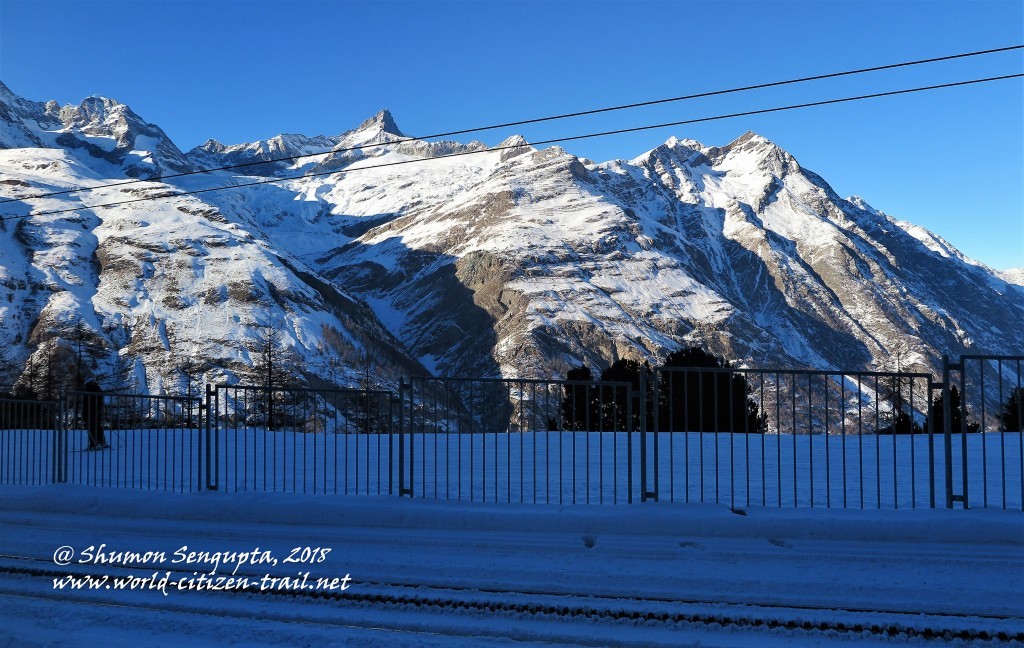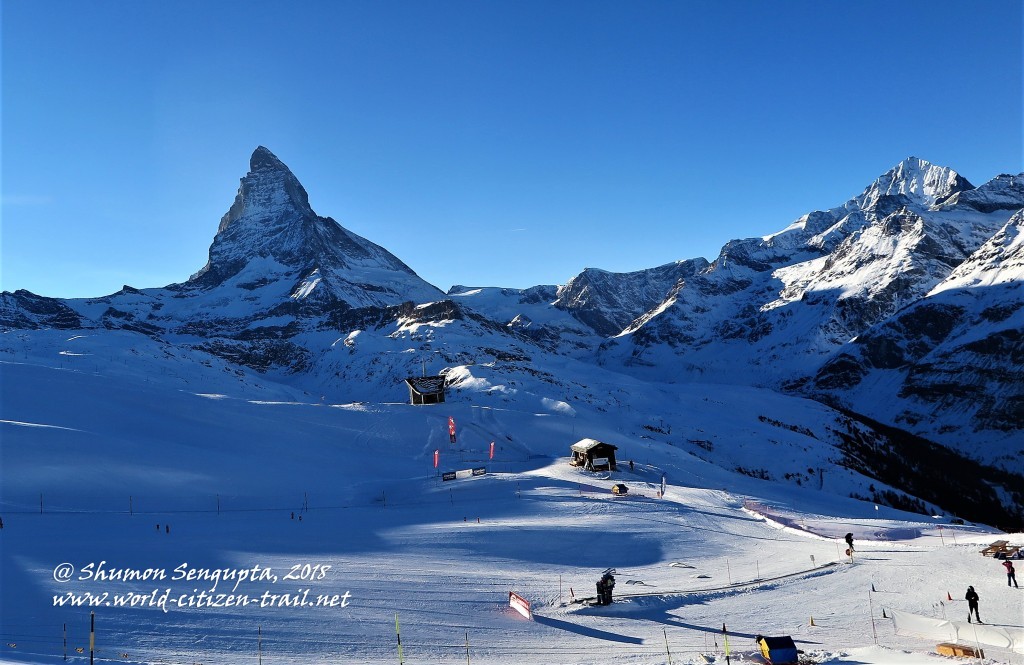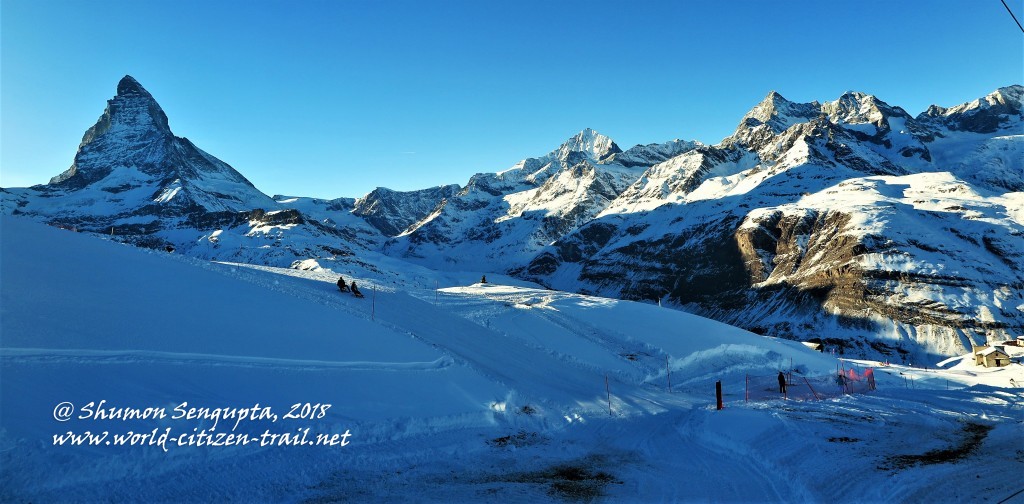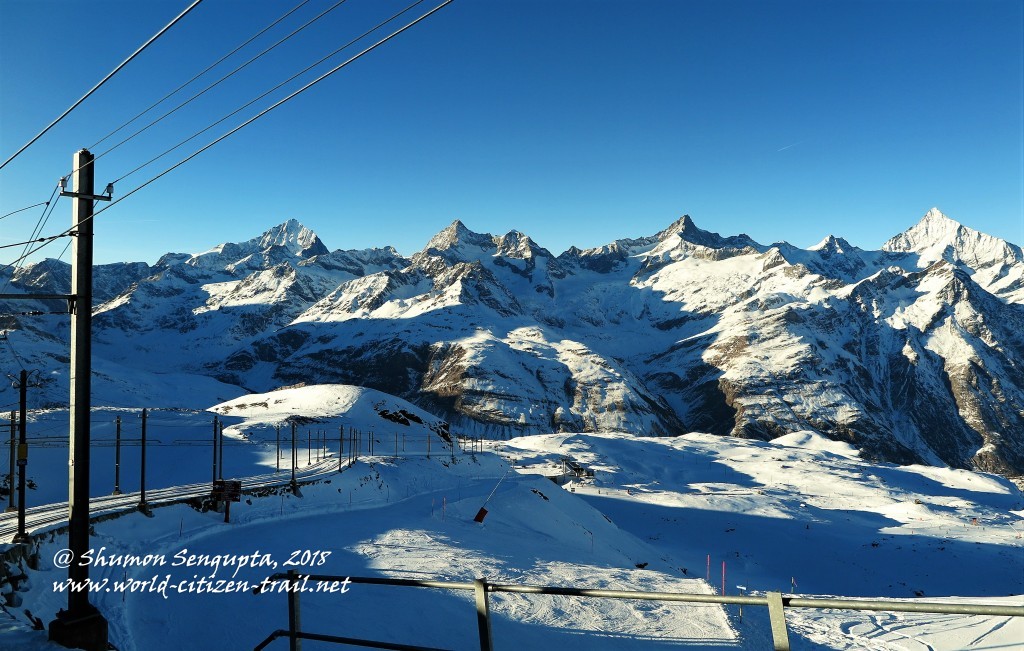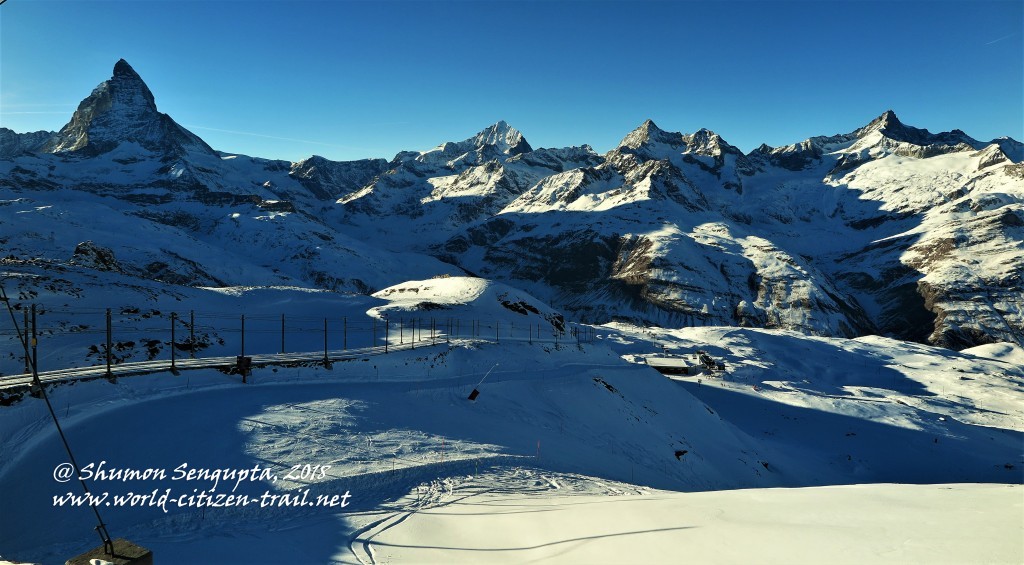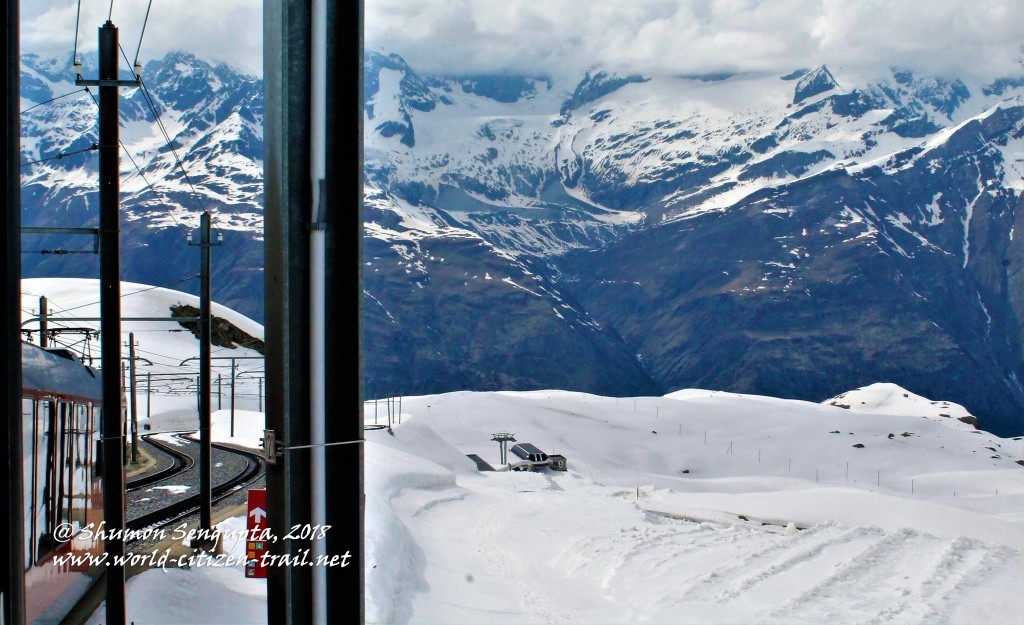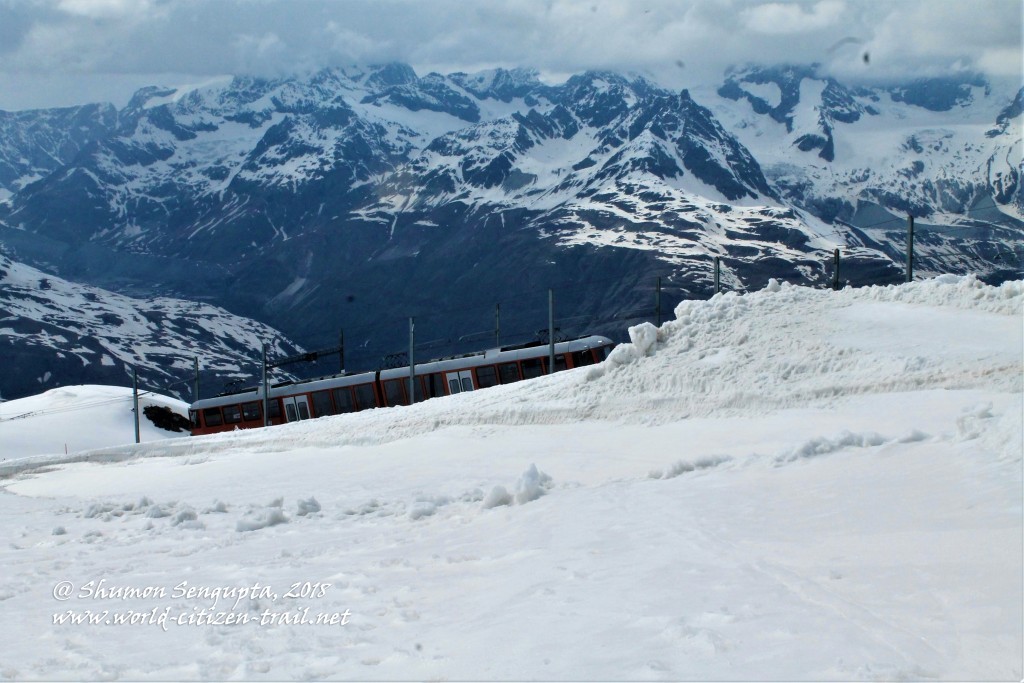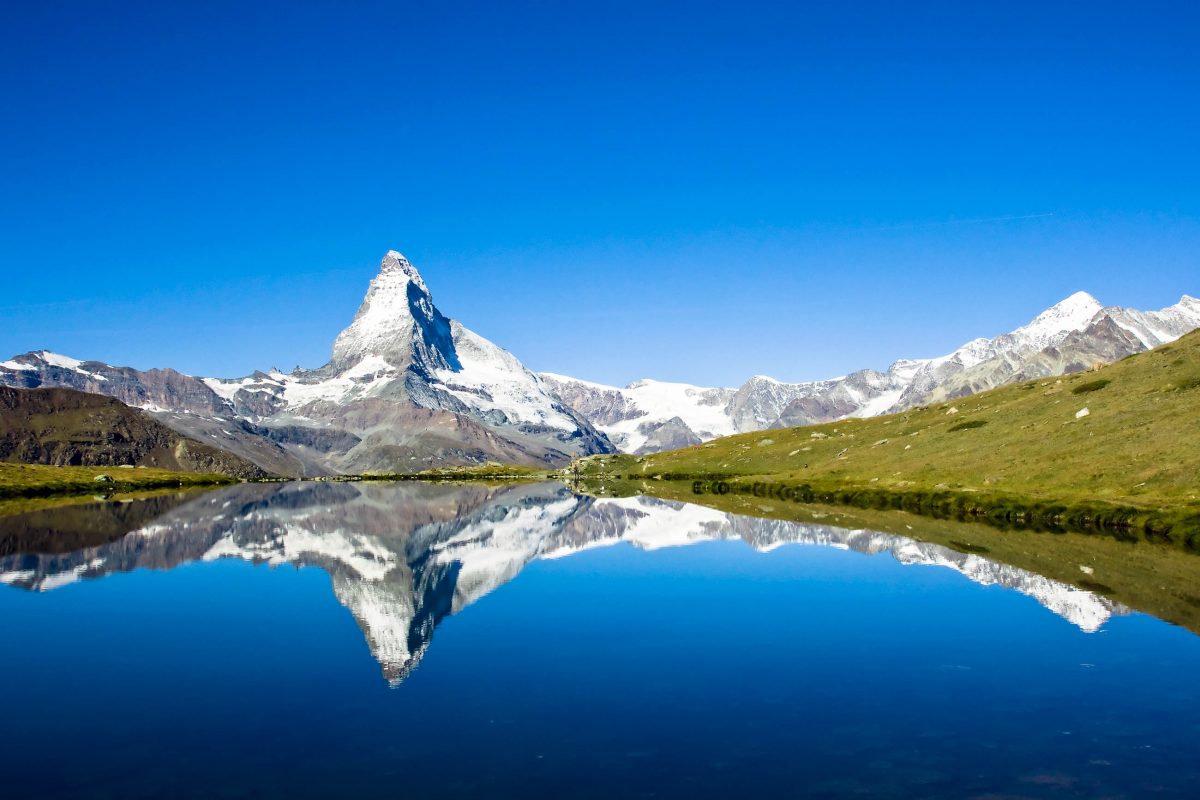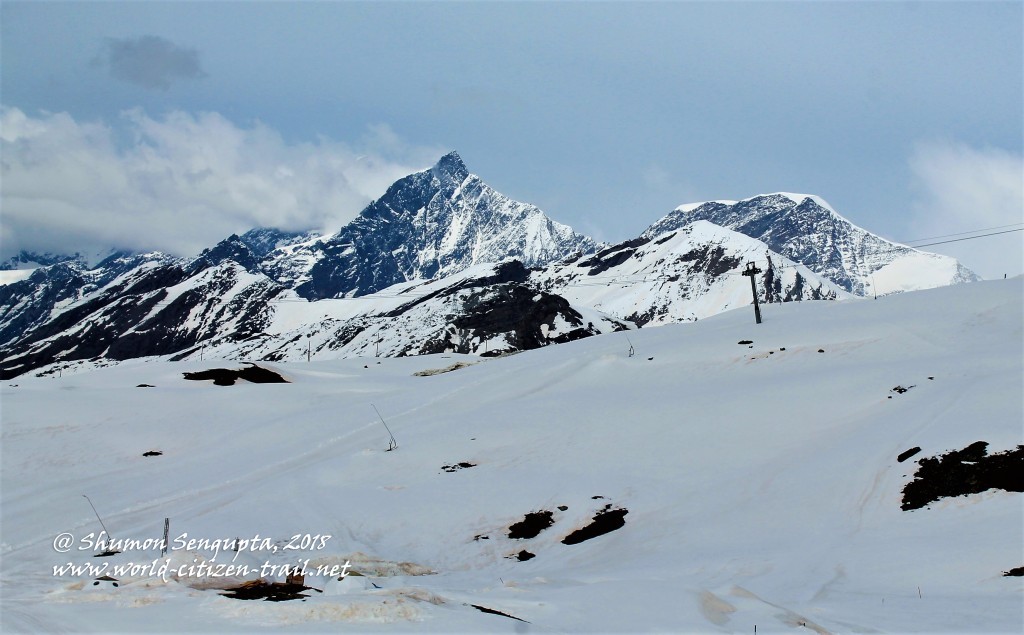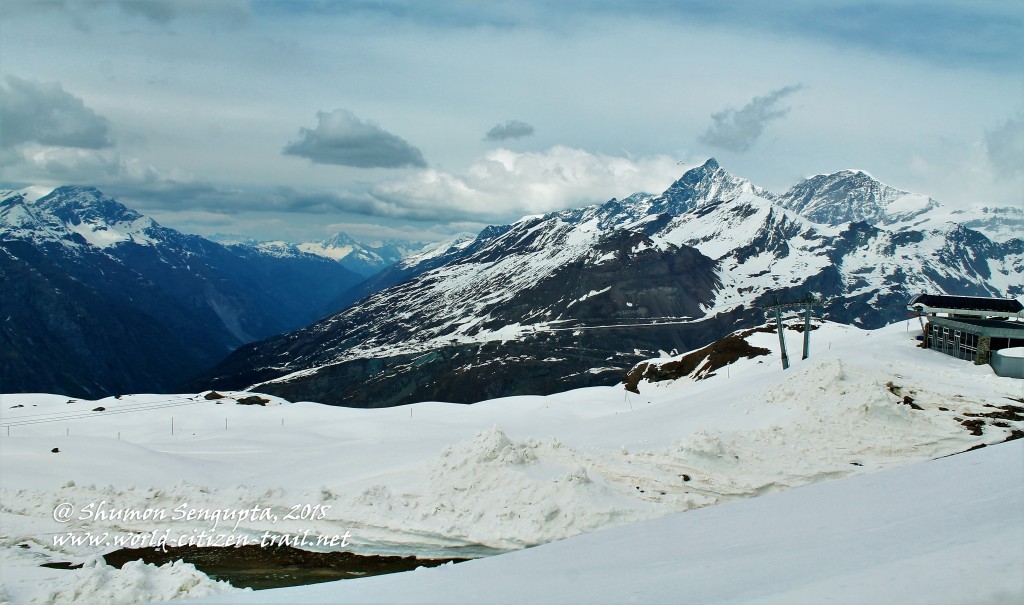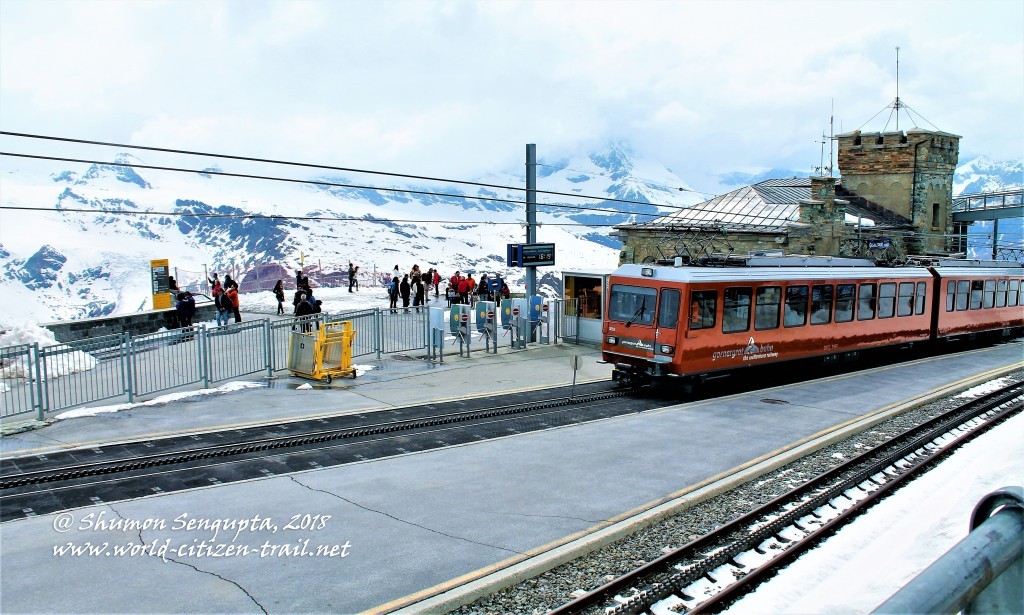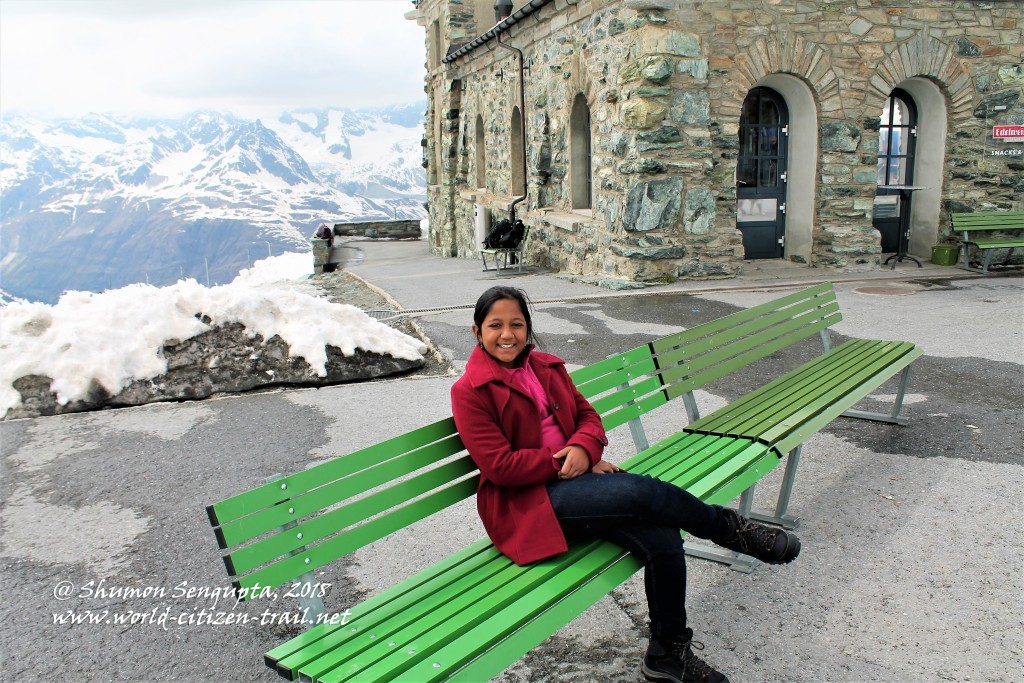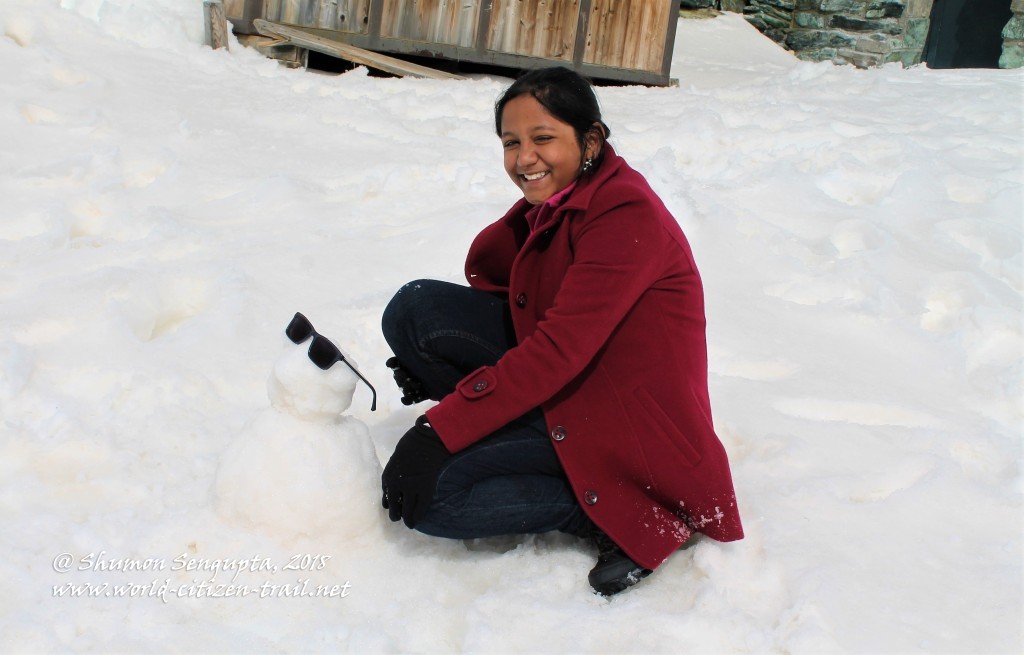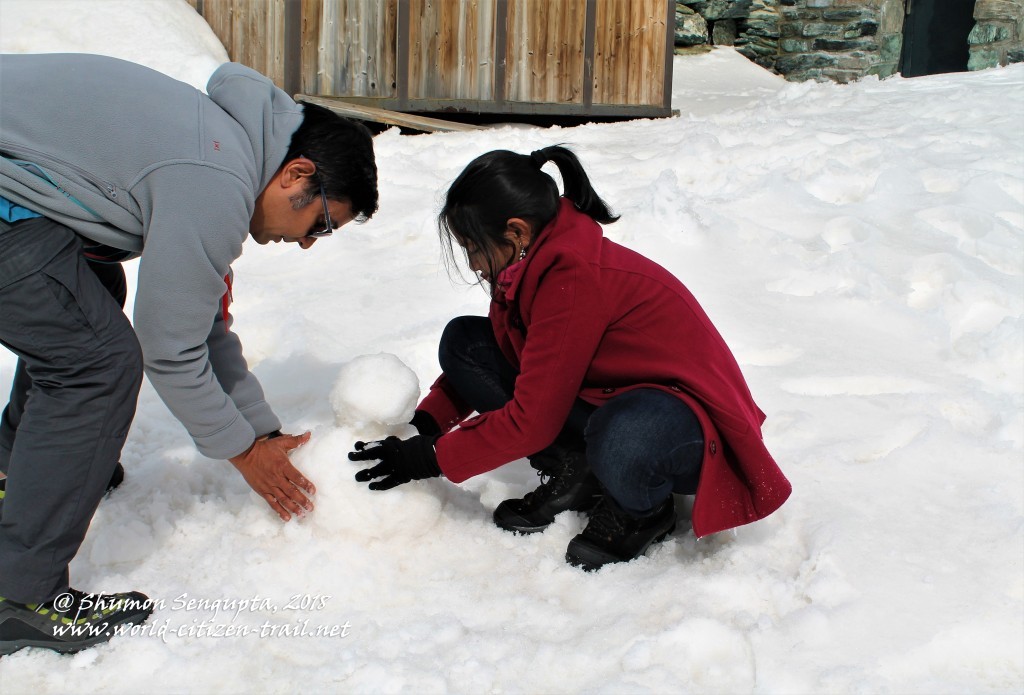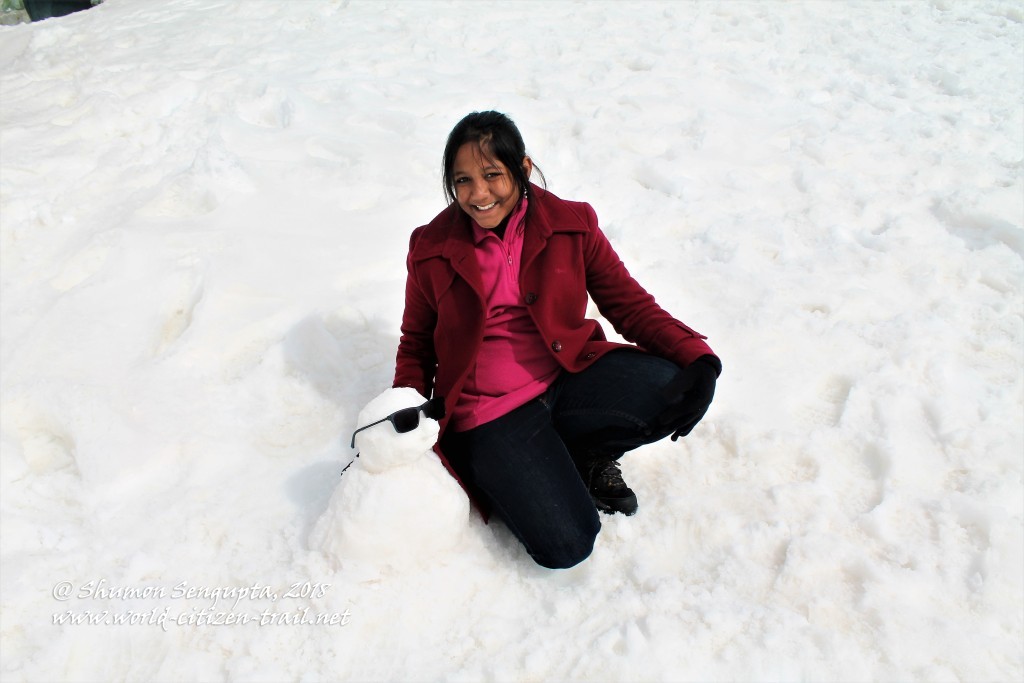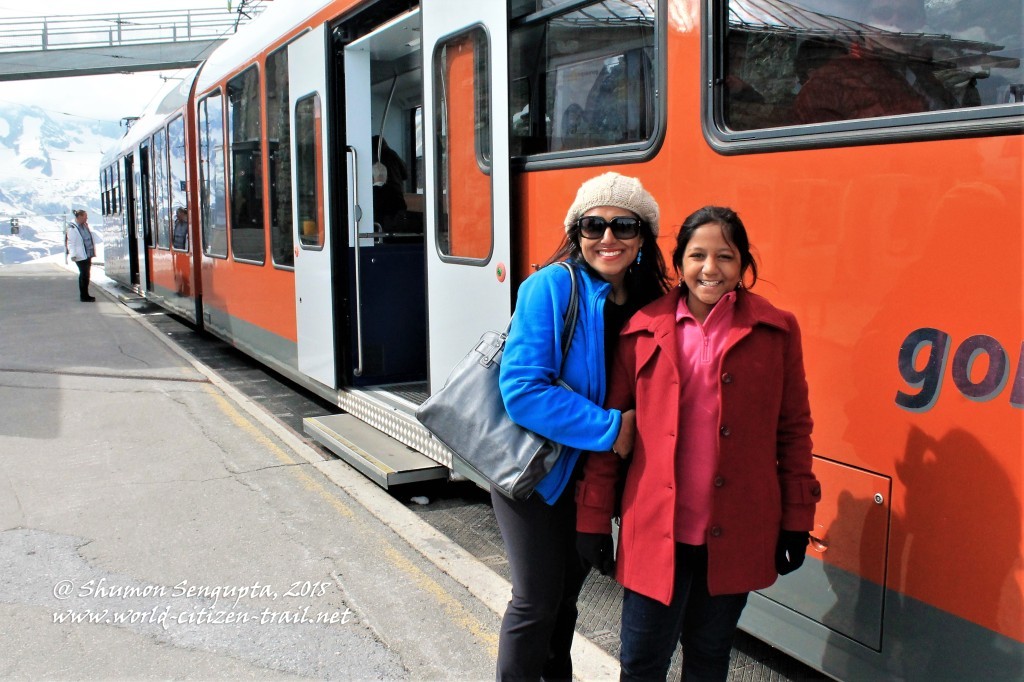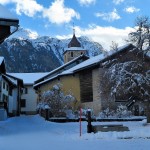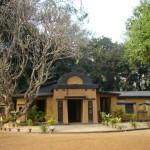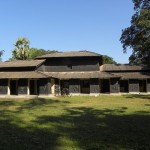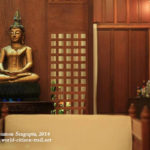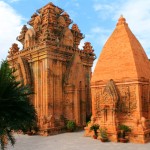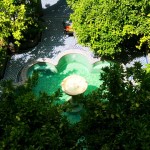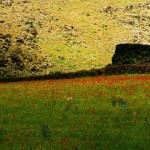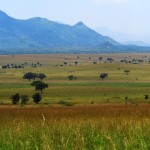The Matterhorn is an iconic geographical feature in the Alps, straddling the border between Switzerland and Italy. It overlooks the Swiss resort town of Zermatt in the north-east direction, and the Italian town of Breuil-Cervinia in the Aosta Valley in the south. On the east of the Matterhorn is Theodul Pass connecting two valleys. This Mountain Pass is significant for its role as a trade route since the Roman Era.
While the Matterhorn is distinctly visible from Zermatt, the best place to see it is from the Gornergrat, located at 10,134 feet. The glorious views you get of the peak from this place, and the snow covered mountain panorama is simply mind-blowing.
The 120 year old Gornergrat Rack Railway track (Gornergrat Bahn) begins from a small station adjacent to the main Zermatt railway station, and makes it way up to the Gornergrat in one and half hours, negotiating a difference in elevation from 2,158 feet to 10,134 feet. Passing through forests, lakes meadows and then deep into a stark landscape of show, ice, rocks, glaciers and peaks, the serpentine train ride is an exceedingly beautiful experience in itself. Along the way, you pass by walkers, hikers, cyclist and skiers.
The Gornergrat Bahn was the world’s first fully electrified cog railway, and today it has a state of the art eco-friendly railway, equipped with a regenerative braking system that generates electricity on the descent. Trust the Swiss into doing such a thing.
As you ascend slowly from Zermatt, the first stop is at Findelback (5,820 feet) located in an alpine forest, above the town of Zermatt. This is a good place to go on easy hikes. In winter, this is also the starting point for climbers seeking out ice-climbing routes. Seriously.
Winding the way through stretches of forests and meadows, the next stop is Riffelalp, at 7,254 feet. If you have the time, this is a great place to get off and take a break. This is also the point where the historical Riffelalp tram-line (opened in 1898) converges.
The third stop is at Riffelberg, at 8,471 feet. From here, on a clear day, you can get spectacular views of the imposing Matterhorn – it feels at a touching distance from here. This is a popular stop for skiers to get off, particular for beginners.
The fourth stop is Rotenboden at 9.235 feet. This place has a unique, and hence one of the most highly sought after viewpoints for the Matterhorn. In summers, you can take a short walk from the station to the Riffelsee Lake whose still, aquamarine waters offers the most perfect reflection of the imposing Matterhorn on a clear day. I have seen it in the net and am producing one for you below (without permission).
(My first trip to the Zermatt and the Gornergrat was in summer, and sadly the sky was overcast. Hence, I was not able to take photographs of the reflection from the Riffelsee lake. And my second trip to the Gornergrat was during Christmas, when the lake was completely frozen. Hopefully I will be third time lucky. Till then the photograph will have to do).
The terminal stop is the Gornergrat, a rocky ridge located at a height of 10,134 feet. The train stops at the edge of the ridge that houses the iconic Kulm Hotel, with its distinct observatory domes.
On getting off from the train at the Gornergrat, we were greeted with some of the most beautiful and stark views we have seen so far, including the majestic Matterhorn peak in full splendour.
In terms of its height (14,692 feet), the Matterhorn might be a pygmy to the Everest (29,030 feet), or the K2 (28,250 feet) in the mighty Himalayas. But visually, the Matterhorn no less spectacular. What is particularly striking about the Matterhorn is its near symmetrical pyramidal peak, with four distinct and steep faces, demarcated by four prominent ridges, rising dramatically above the surrounding glaciers. And coincidentally, the four faces are aligned along the four cardinal points (compass points).
Given its steep and dramatic rise, the Matterhorn is one of the most difficult and dangerous peaks in the world to climb. A seven-member team of climbers (led by Englishman Edward Whymper) scaled the summit in July 1865 using primitive equipment and ropes woven out of Manila Hemp (a part of the rope is now displayed at the Matterhorn Museum in Zermatt). However, when the team descended, four members fell to their death, leaving only three members of the expedition to tell the tale. Since the time the peak was first scaled, more than 500 climbers have died trying the repeat the feat.
In July 1871, within six years of the first ascent, Englishwoman and Alpinist Lucy Walker became the first woman to scale the peak. And she did that wearing a long flannel skirt, with layers underneath. Very Victorian.
Another woman climber, Meta Brevoort from USA, was the soon to follow, and she scaled the peak from the Italian end. Three cheers to the remarkable Ladies.
From the observation platform at the Gronergrat, you get the most impossibly beautiful views of majestic Matterhorn, as well as Gorner Glacier, and numerous other peaks in different directions. Here the Matterhorn is uncluttered by any immediate surrounding mountains – hence it feels like an isolated spire – a horn that has suddenly popped up from the ground, soaring upwards. This makes the Matterhorn the most photographed peak in the world. A handsome and solitary mountain.
We spent a couple of hours at the top, taking in the views. Minnie (our daughter, then 12 years) and I made a little snowman, and we thought highly of our work of art. Never mind frozen fingers.
The Gornergrat is a place of breath-taking and stark beauty, with glorious panoramic views of the mountains.
As for the Matterhorn, it is often referred to as the ‘Mountain of Mountains’, and it has attained an iconic pop-culture stature for understandable reasons. It is the verily a symbol for Swiss Alps.



